Martin Margiela’s Spring/Summer 2009 collection for his namesake house marked the Belgian designer’s fortieth womenswear show, and twentieth anniversary since first launching Maison Martin Margiela in 1988. Over the course of two decades, Margiela’s non-conformist attitude and conceptual approach to design produced some of the most forward-thinking, radical collections of the 1990s and early 2000s.
For spring 2009 the designer showed a self-reflective collection, revisiting pivotal moments throughout the house’s history through the eyes of present day, further challenging many of the fashion codes and concepts he introduced years, sometimes decades prior. The show opened with a reproduction of Margiela’s first jacket from spring 1989, followed by a simple t-shirt dress printed with a negative image of the original double-breasted blazer, Margiela first utilized this fabrication technique in spring 1996 when he showed a collection of unadorned dresses and skirts printed with negative photographs of sequins and other ornate materials, giving each piece a trompe l’oeil effect. The designer toyed with perspective through a number of flattened jackets, in reference to his spring/summer 1998 collection which studied geometry, questioning how two-dimensional garments could lie flat on a female’s body, and paid homage to the ‘replica’ line the designer introduced in 2003 through the inclusion of two identically styled ‘twins’, denoting the women being replicas of one another. Key themes such as anonymity and recycling were expressed though models’ blanked out, stocking-covered faces, and in the use of reworked, repurposed materials. Margiela has continuously challenged cut and proportion through the introduction of circular silhouettes, pointed shoulder pads – in 2006 – and famously in his fall/winter 2000 collection of enlarged garments, which were denoted in the final three looks of his spring 2009 show. True to form, in celebration of twenty years in fashion Margiela, remarkably unknown by face, let the clothes speak for themselves, and speak they did.

References
- 1
- 2
Carlo Mollino
Casa Devalle (The House of Oblivion), 1940, Torino, Italy

Meret Oppenheim by Claude Lê Anh
In a paper jacket Oppenheim created for an Italian designer

Man Ray
Portrait of Juliet, 1945
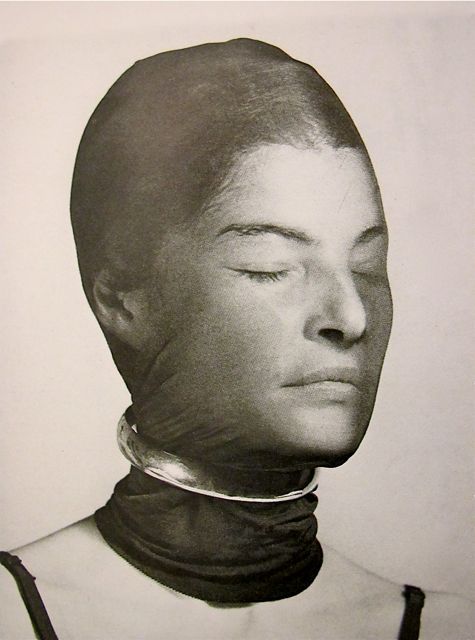
Man Ray
Venus Restaurée, 1936

Meyer Vaisman
Untitled Turkey XVII (Marie Antoinette), 1992

Guy Bourdin and Eva Stenram
Walking Legs Series

Meret Oppenheim
My Nurse, 1936

Adam Fuss
“Christening Dress” photogram from series “My Ghost”, 2001

Robert Mapplethorpe
Andy Warhol, 1986

Carlo Mollino
Casa Devalle (The House of Oblivion) Photographs, 1939
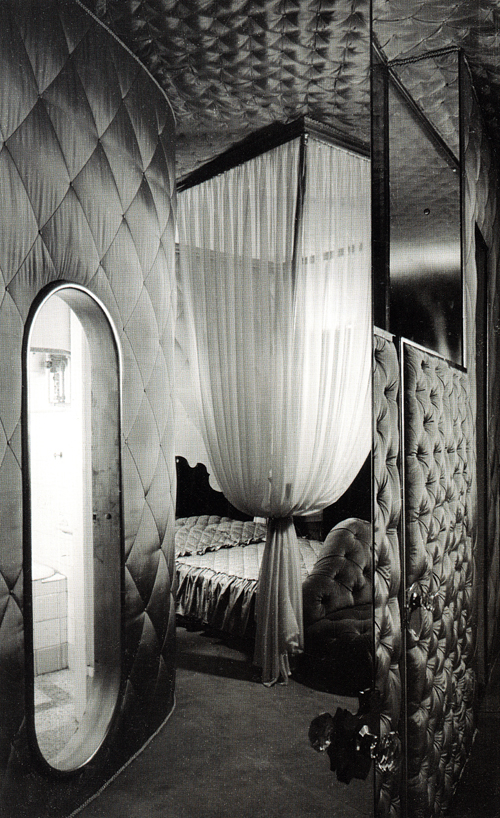
Carlo Mollino
Casa Devalle (The House of Oblivion) Photographs, 1939

Irving Penn
Christian Lacroix Duchesse Satin Dress, Paris, 1995
Meyer Vaisman
Untitled Turkey XVI Peg, 1992
Nan Goldin
Jimmy Paulette and Taboo! in the bathroom, NYC, 1991

Hans Bellmer
Untitled (Unica Zürn) from “Unica Tied Up,” 1958

Yves Saint Laurent
Fall/Winter 1966
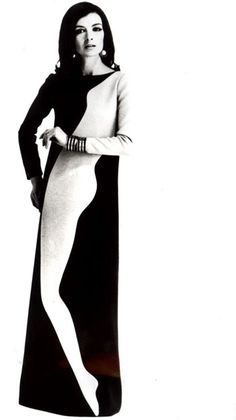
References
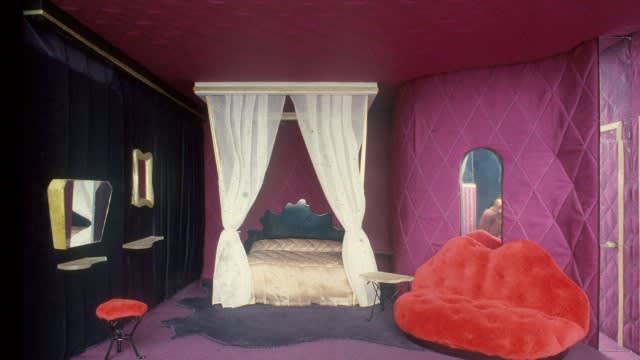
Carlo Mollino
Casa Devalle (The House of Oblivion), 1940, Torino, Italy
1 of 18

Meret Oppenheim by Claude Lê Anh
In a paper jacket Oppenheim created for an Italian designer
2 of 18

Man Ray
Portrait of Juliet, 1945
3 of 18

Man Ray
Venus Restaurée, 1936
4 of 18

Meyer Vaisman
Untitled Turkey XVII (Marie Antoinette), 1992
5 of 18

Guy Bourdin and Eva Stenram
Walking Legs Series
6 of 18
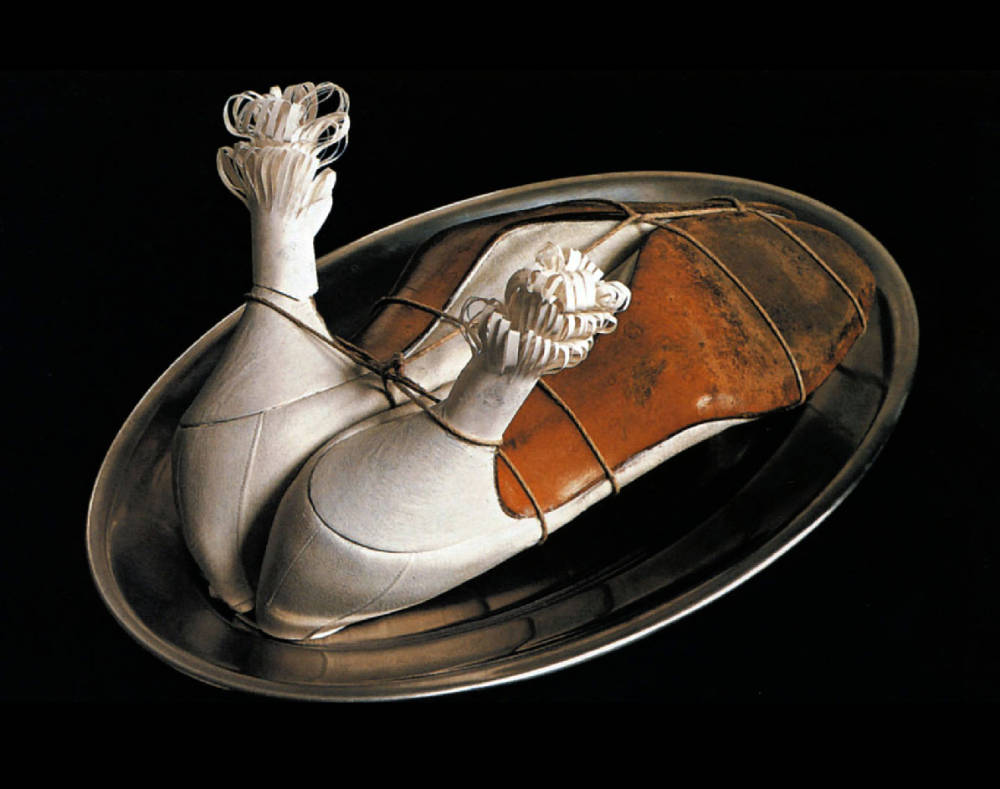
Meret Oppenheim
My Nurse, 1936
7 of 18

Adam Fuss
“Christening Dress” photogram from series “My Ghost”, 2001
8 of 18

Robert Mapplethorpe
Andy Warhol, 1986
9 of 18

Carlo Mollino
Casa Devalle (The House of Oblivion) Photographs, 1939
10 of 18

Carlo Mollino
Casa Devalle (The House of Oblivion) Photographs, 1939
11 of 18
Irving Penn
Christian Lacroix Duchesse Satin Dress, Paris, 1995
13 of 18
Meyer Vaisman
Untitled Turkey XVI Peg, 1992
14 of 18

Nan Goldin
Jimmy Paulette and Taboo! in the bathroom, NYC, 1991
15 of 18

Hans Bellmer
Untitled (Unica Zürn) from “Unica Tied Up,” 1958
17 of 18



